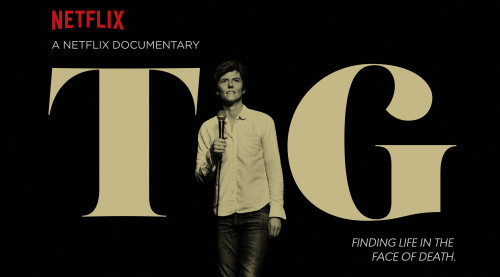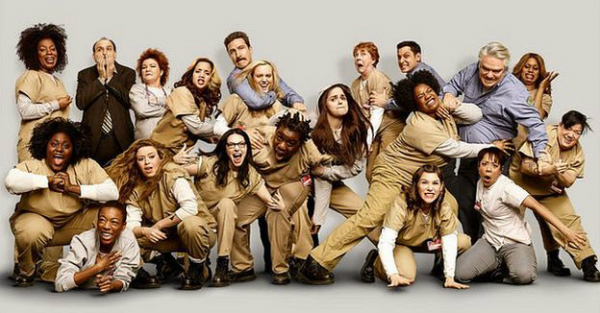Tig Notaro needs your attention. I fell in love with her work in 2012 when I heard a This American Life sketch while driving down a highway.
[youtube_sc url=”https://youtu.be/jSwzYB545hY”]
I had never heard anything like this sketch; I was enthralled. The timing. The repetition. The silence. Such gorgeous pauses. In a world where it feels like we need to fill every space with some yammering, to hear someone on stage using silence–to be brave enough to use it–made me take notice of this person Tig. And not just me. The New York Times ran a piece about her 13-minute paean to Taylor Dane.
Then a barrage of sadness and struggle came for her. Tig had a life-threatening infection. Her mother died suddenly. Then Tig was diagnosed with breast cancer.
And this all became material for her standup. And the basis for the Netflix documentary Tig.
The set she did after her diagnosis is already the stuff of comedy legend. Comedians in the room that night began to bow at her feet.
Louis C.K. was there and he ended up selling her set on his site.
Directors Kristina Goolsby and Ashley York follow Tig through the aftermath of illness and grief. I particularly appreciate two elements of the documentary: the focus on writing as a craft and the attention to the struggle of fertility issues. Neither seems to get much good attention in films, and Tig offers the reader a look inside the mind of a female writer who wants to mother a child.
It shouldn’t be surprising that Notaro allows the filmmakers to go so deep into her world; she has come to be known a confessional comic after the set heard round the world. The film is heartbreaking and funny, just like Notaro’s standup. At times we flinch with her as she hears a verdict on her one shot at in vitro, the next moment we are cheering for her as she finds love.
Viewers watch her workshopping a bit, practicing it in front of audiences with different rhythms and wording. Rarely do we get to see the hard work of writing in a film (the closest I have seen such work happening is when I watched Fun Home on Broadway). The awareness that writing is hard, that Notaro is producing work that requires time, honesty, attention, and a little bit of bravado reminds viewers that art is hard. Even though on stage Notaro makes it look easy.
So it was satisfying to me to see that one joke–about her breasts revolting against her body–come to fruition in her HBO special Boyish Girl Interrupted. The special serves as a climax to the story of Tig in that it finishes the joke. When Notaro takes on the persona of her grumpy breasts, she nails the timing and the wording in front of the sold out theater.
And she happens to do half of the set without her shirt on, her smooth chest an affront to all constricting ideas about what “woman” means.
I questioned whether I should even post a still from the HBO special since in many ways it is like stealing one of her punchlines. Should I have offered you, dear reader, a spoiler alert? Am I taking something from her by using this picture to represent her text?
Is taking off her shirt salacious? Provocative? Evocative? Confessional? All of the above. I implore you to watch the set and answer that question for yourself. I can tell you this: you haven’t seen anything like what Notaro is doing in the mainstream media.
I thank her for it.









